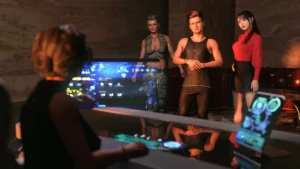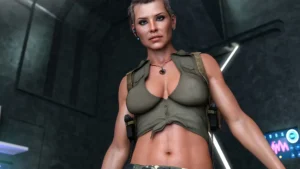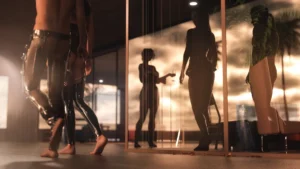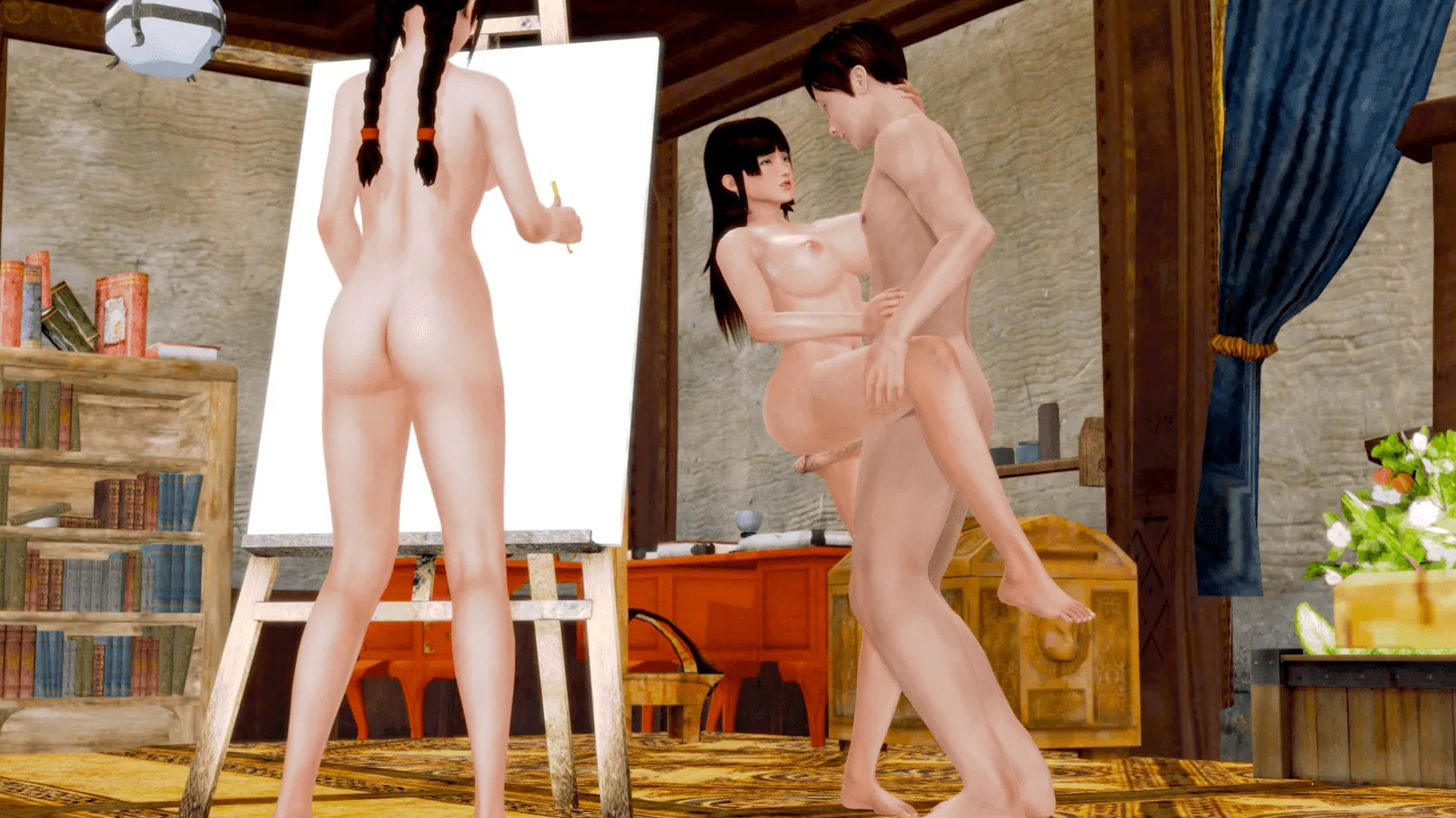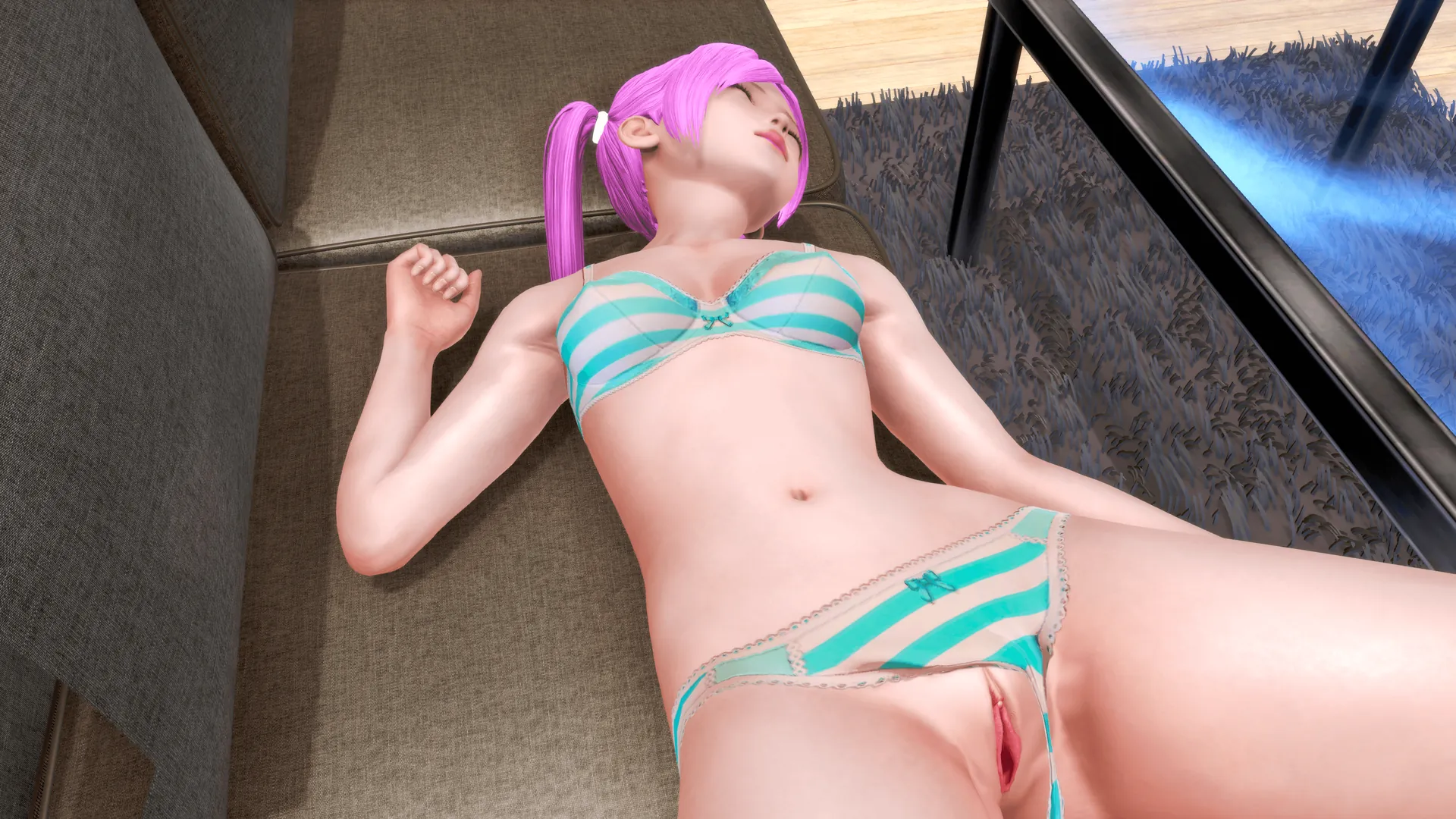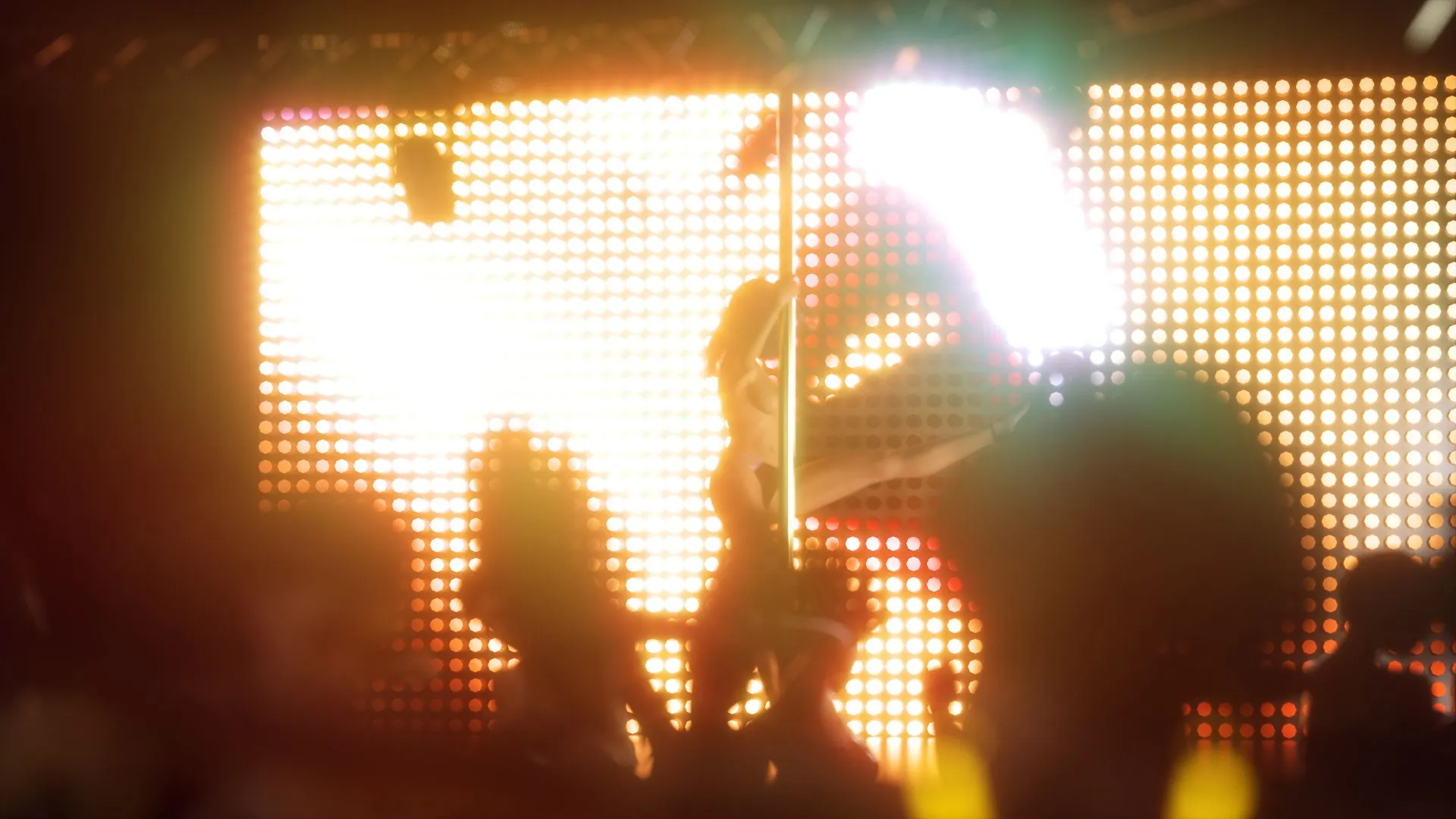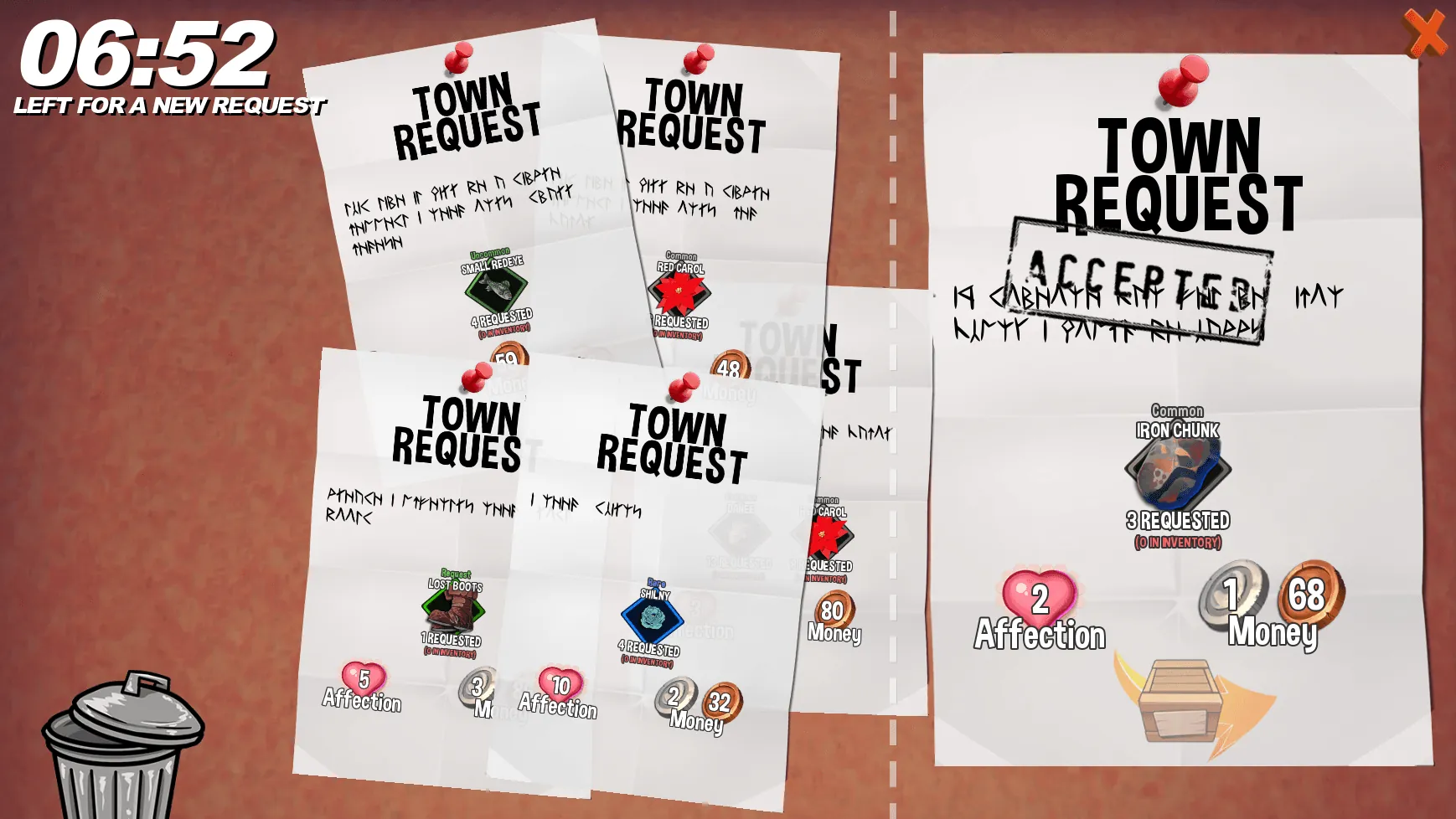
How to Fix the Future
Play How to Fix the Future
How to Fix the Future review
Mastering How to Fix the Future – Gameplay, Features, and Strategies
How to Fix the Future is a distinctive interactive experience that blends narrative choices with engaging gameplay elements. This guide dives deep into the game’s mechanics, characters, and strategies to help players navigate its unique storyline and challenges. Whether you’re new or looking to improve your playthrough, understanding the core aspects of How to Fix the Future will enhance your experience and help you unlock all the game has to offer.
Understanding How to Fix the Future: Gameplay and Features
Ever feel like you’re drowning in a sea of interactive narrative games that all promise the world but deliver the same old thing? 😩 I’ve been there. You boot up a new title, full of hope, only to find the choices are superficial and the story is on rails. That’s why discovering How to Fix the Future felt like a breath of fresh air. It’s not just another game; it’s a meticulously crafted experience where your voice genuinely matters. The How to Fix the Future gameplay is built on a foundation of meaningful consequence, making every dialogue option and action feel weighty and significant. This chapter is your deep dive into what makes this game so special, from its core mechanics to the intricate ways your decisions weave the story.
What Makes How to Fix the Future Unique?
So, what’s the big deal? 🤔 In a genre packed with contenders, How to Fix the Future stands apart by fully committing to its premise. While many games offer the illusion of choice, this one delivers the real deal. The How to Fix the Future features a dynamic narrative engine that remembers everything, from the off-hand comment you made to a side character in Chapter 2 to the major moral crossroads you faced in Chapter 5. It’s this incredible attention to detail that creates a truly personal journey.
I remember my first playthrough, I casually helped a seemingly minor character fix their broken comms device. I thought nothing of it—just being nice, you know? Fast forward ten hours, and that same character burst into a climactic council meeting to provide crucial evidence that completely exonerated my protagonist, a twist I never saw coming! 😲 That moment cemented it for me. This isn’t a game you simply play; it’s a world you inhabit. The How to Fix the Future decision making system is the heartbeat of this experience, ensuring no two players will have an identical story.
Core Gameplay Mechanics Explained
Let’s break down the nuts and bolts. The How to Fix the Future gameplay loop is an elegant dance between exploration, conversation, and critical thinking. You’ll spend your time navigating beautifully rendered environments, engaging in deep conversations with a diverse cast, and making calls that will ripple through the entire narrative.
The core pillars are:
* Relationship Building: Every interaction builds or erodes your standing with the How to Fix the Future characters. This isn’t just a popularity contest; strong alliances unlock new dialogue options, special missions, and powerful allies in tough situations.
* Skill-Based Dialogue: Your choices aren’t just emotional; they’re intellectual. Your character’s skills (like Diplomacy, Logic, or Engineering) open up new, often better, solutions to problems. Investing in these skills is a key part of the How to Fix the Future gameplay.
* The Consequence Engine: This is the magic behind the curtain. The game tracks a staggering number of variables, ensuring that your actions have logical, and sometimes delayed, consequences. It’s the engine that powers the incredible How to Fix the Future story progression.
To see how these mechanics directly influence your journey, check out this table:
| Gameplay Feature | How It Works | Impact on Story Progression |
|---|---|---|
| Trust Meter | A hidden score for each main character that changes with your dialogue and actions. | Determines if a character will betray you, sacrifice themselves for you, or share critical secrets. |
| Division of Resources | You often have limited supplies and must choose which faction or district to aid. | Shapes the political landscape of the game’s world, locking or unlocking entire story arcs based on who you empower. |
| Skill Checks | Using your character’s specialized skills to solve problems in dialogue and the environment. | Allows you to bypass conflicts entirely, discover hidden evidence, or achieve the most optimal outcomes for complex problems. |
Character Interactions and Story Progression
This is where the game truly shines. The How to Fix the Future characters are not set dressing; they are the story. Each one has their own ambitions, fears, and moral code. Your relationship with them is the primary driver of the How to Fix the Future story progression. A character you befriend might offer you a shortcut or a warning, while one you alienate could become a formidable obstacle later on.
The How to Fix the Future decision making process is often centered around these characters. You’re not just choosing between “good” and “evil” options. You’re navigating complex interpersonal dynamics. Do you side with the pragmatic scientist who promises results but asks you to compromise your ethics, or the idealistic rebel whose heart is in the right place but whose plans are risky? There is rarely a perfect answer, and that’s what makes it so compelling.
🚨 A quick gameplay tip for How to Fix the Future: Talk to everyone, and talk to them often! Characters reveal new information after major story beats. Revisiting them is often the key to unlocking the best outcomes.
Let me give you a concrete example. Around the mid-game, you’re tasked with securing an alliance with a reclusive faction. You have two main contacts: Elara, a diplomatic envoy who believes in protocol, and Kael, a former member who suggests a more… direct approach.
- Choice A (Follow Elara’s Plan): You engage in lengthy, careful negotiations. This takes more in-game time but is safer. If successful, you gain a stable, reliable ally.
- Choice B (Follow Kael’s Plan): You help him sneak in to “convince” the faction’s leader. It’s faster and has a higher immediate success rate, but it risks turning other factions against you for employing underhanded tactics. If you fail a stealth check, it sparks a violent confrontation that completely destroys any chance of an alliance and gets several characters killed.
I chose Kael’s plan on my first run, thinking I was being efficient. I failed the check. The resulting firefight not only lost me the alliance but also caused the death of a companion who was crucial to my strategy later on. I had to completely rethink my approach to the final act. This single decision, hours earlier, fundamentally altered my endgame. That’s the power of How to Fix the Future decision making.
Mastering the How to Fix the Future gameplay is about understanding that every interaction is a thread in a larger tapestry. The How to Fix the Future features are all designed to make that tapestry feel uniquely yours. By investing in your relationships and thinking carefully about the long-term repercussions of your actions, you’ll unlock the deepest and most rewarding layers of this fantastic game. Remember, in this world, every word matters. Happy fixing! 😊
How to Fix the Future offers a compelling blend of narrative depth and interactive gameplay that rewards thoughtful choices and exploration. By understanding its unique mechanics and character dynamics, players can fully immerse themselves in the experience and uncover all the game’s secrets. Whether you’re just starting or aiming to refine your approach, these insights will help you enjoy and master How to Fix the Future. Dive in and start shaping your own story today!



